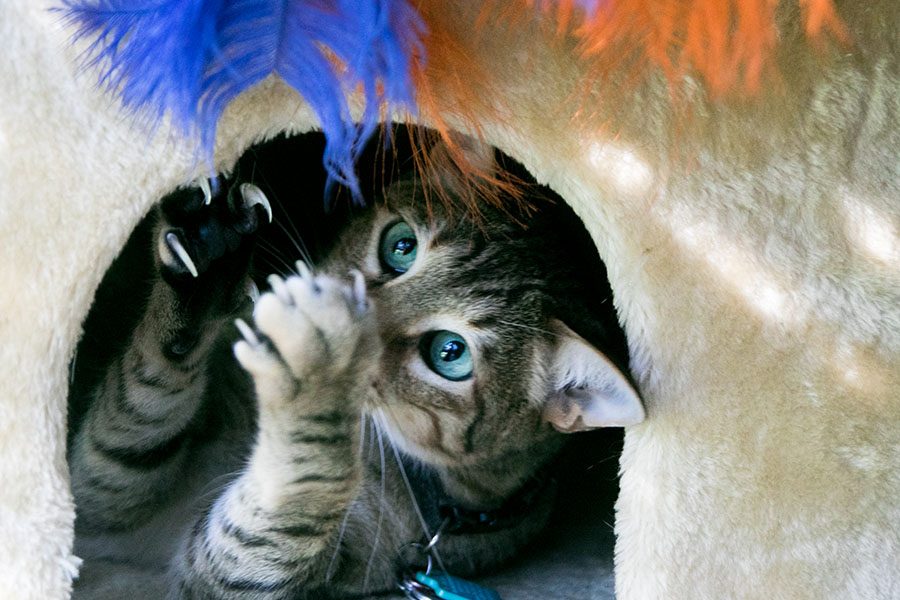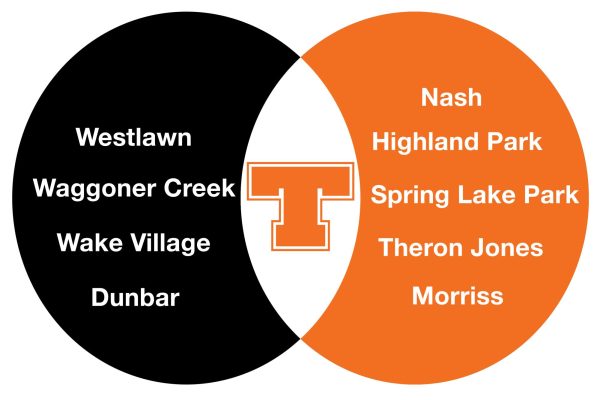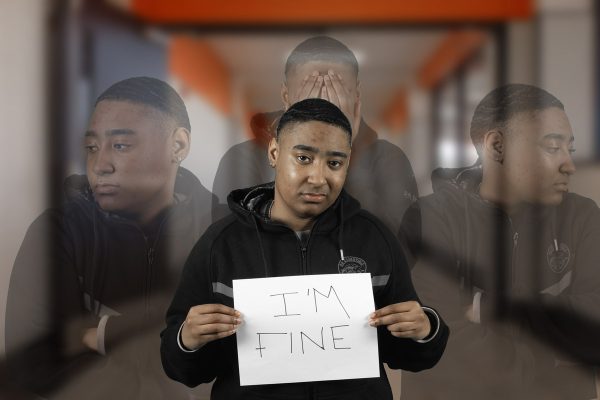To declaw or not to declaw?
November 1, 2017
The heated debate of declawing cats is very opinionated. In most cases, people will argue that the declawing of cats is either inhumane or that it doesn’t change the personality of cats.
I currently have two cats that are declawed on their front paws. The recovery period for my second cat has been somewhat lengthy compared to the recovery period of my first cat. She often forgets that her claws are gone when she jumps from the floor onto the furniture, causing her to fall.
Watching her go through the painful experience of being declawed has been emotionally draining because I know that I can’t help her pain. She was very sore the first few days and couldn’t do everything she was used to doing.
Declawing cats involves removing the last bone on each of their toes, which sometimes can cause cats to experience infections or bone pain. For about two weeks after the operation, cats are unable to use regular litter. Instead, they must use a paper litter substitute that is foreign to most felines.
The stitches used in their paws after undergoing the declawing operation are dissolvable and should usually fall out within two weeks. Because of these special stitches, cat owners are told to make sure their furry friends avoid water until the allotted time has passed and the stitches fall out.
Many cat owners have some experience or opinions on the procedure of declawing and its ethics. The procedure can also lead to changes in a cat’s behavior or aggressive biting. These side effects, however, don’t always occur. Both of my cats have calmed down a bit since their surgeries, but their attitudes are relatively the same as before.
There are many alternatives to declawing. The inexpensive plastic claw covers sold at pet stores are very simple and easy to use. Much like a fake nail, glue goes inside the rubber cap, then is pressed on the claw until secured. Training your cat to use a scratching post is another alternative to declawing and prevents furniture from being damaged or destroyed. Regular trims and claw care are the easiest and least expensive alternative. Trimming your cat’s nails is simple and easy. It takes care of the concerns revolving around furniture damage and deep scratches.
Alternate choices to declawing are physically easier on cats and financially and emotionally easier on owners. Watching your pet go through an event as traumatic as declawing is challenging, which is why I personally recommend choosing an alternative to declawing.





















